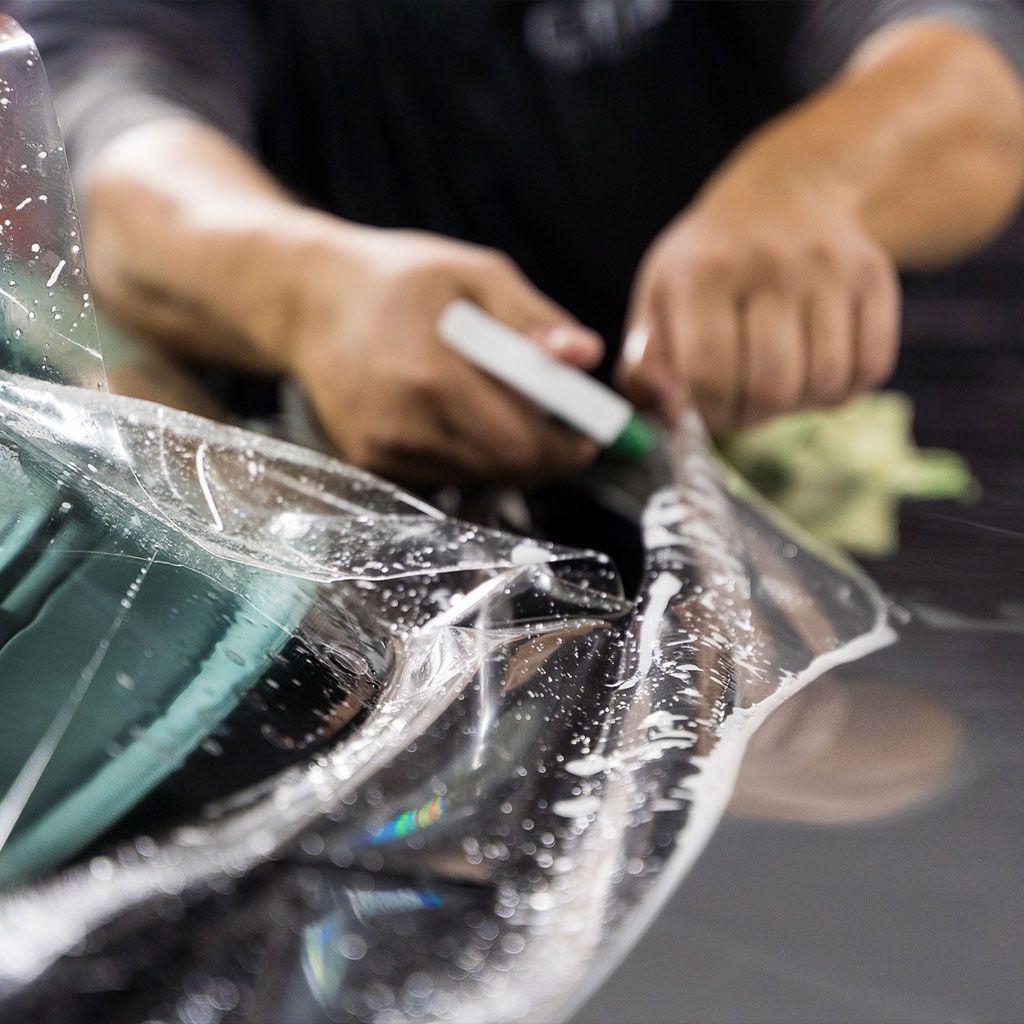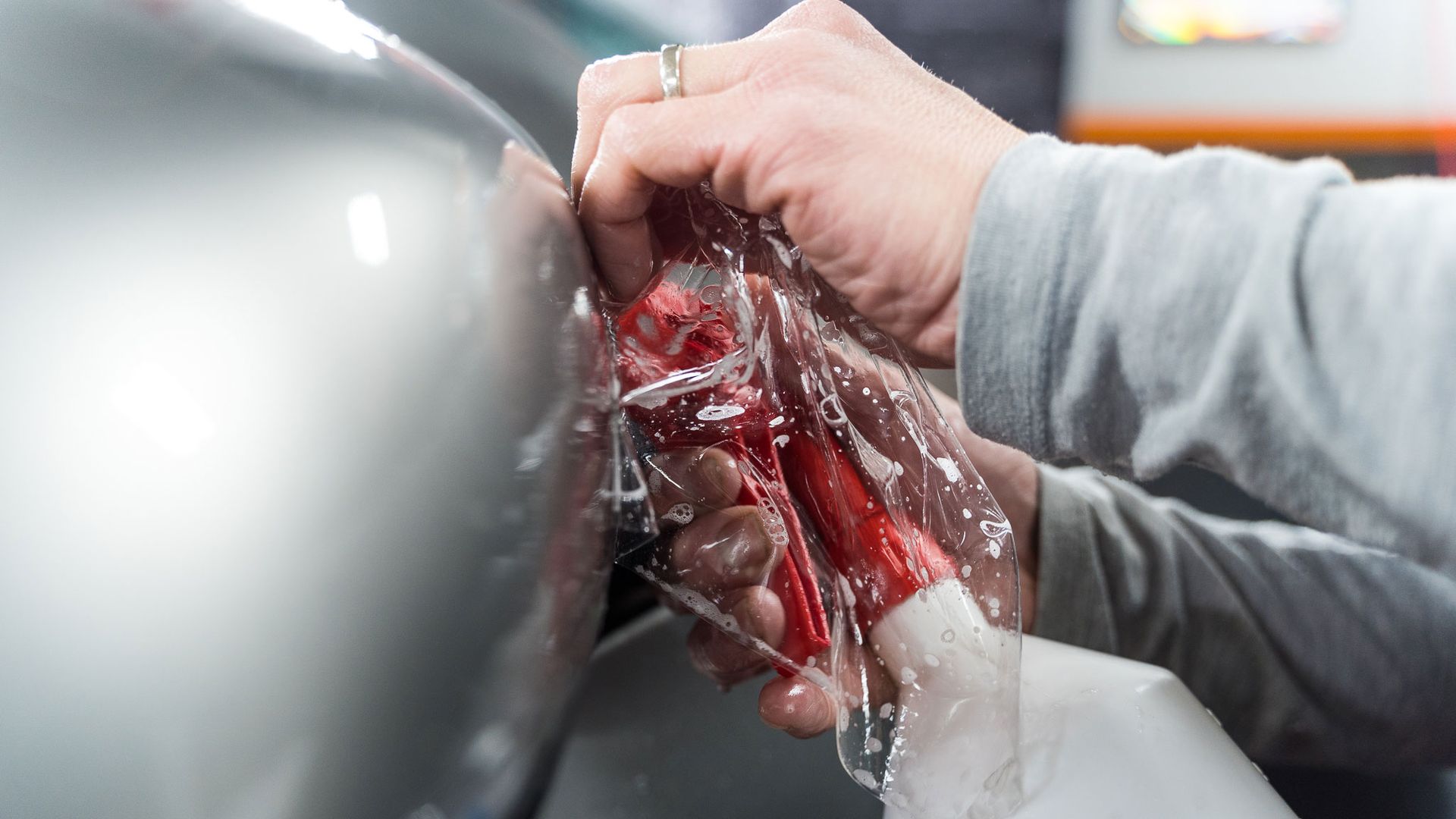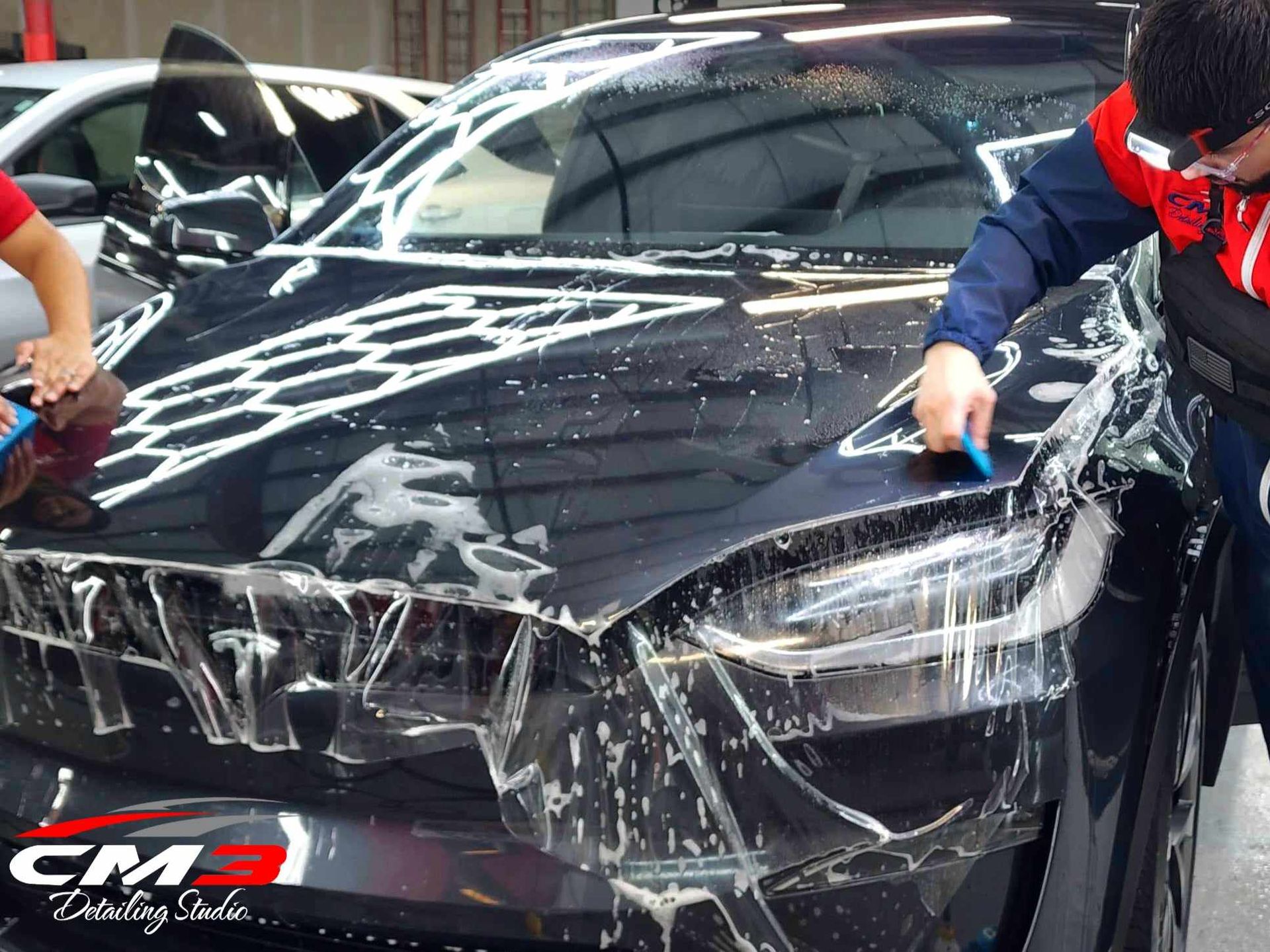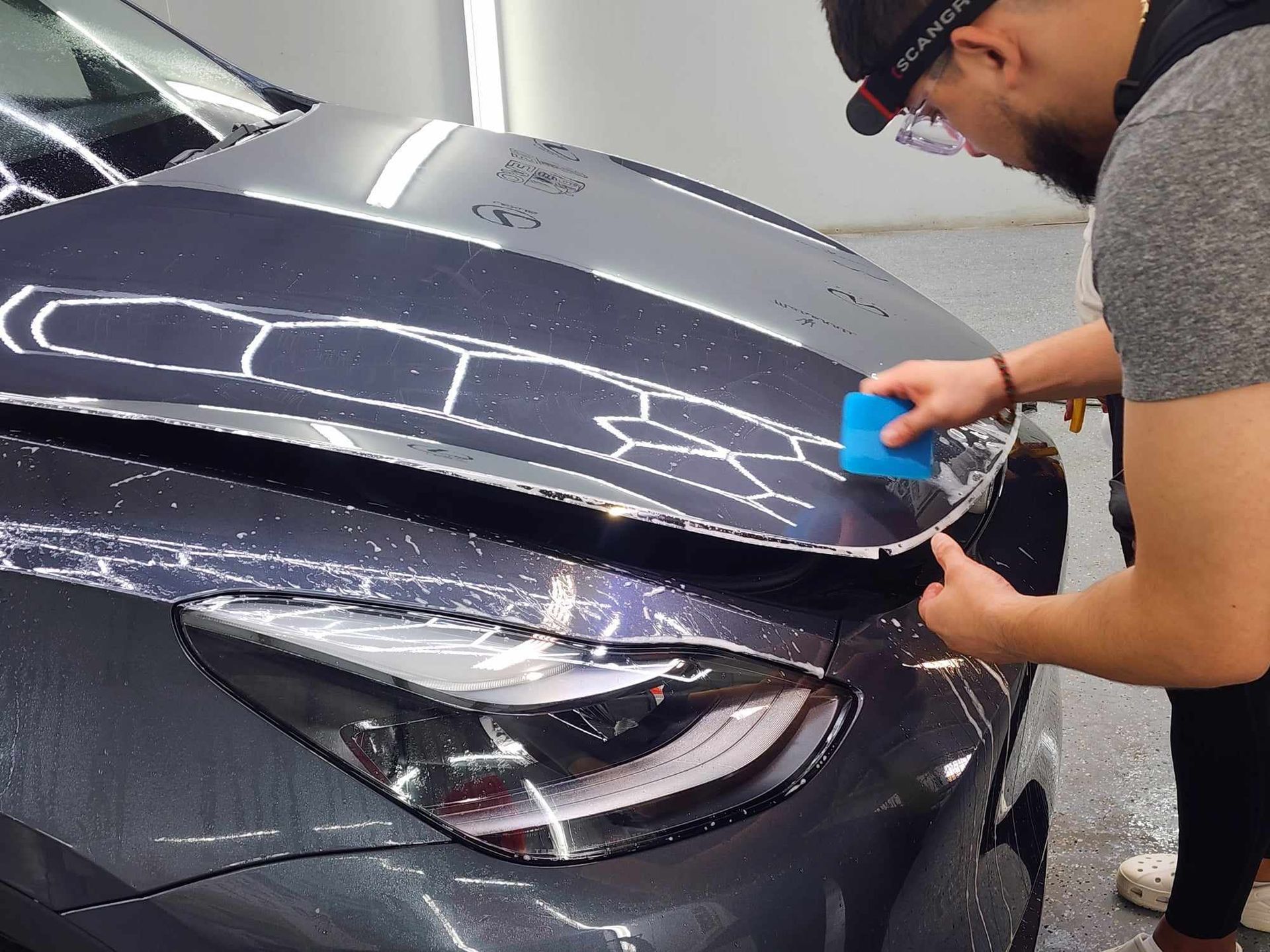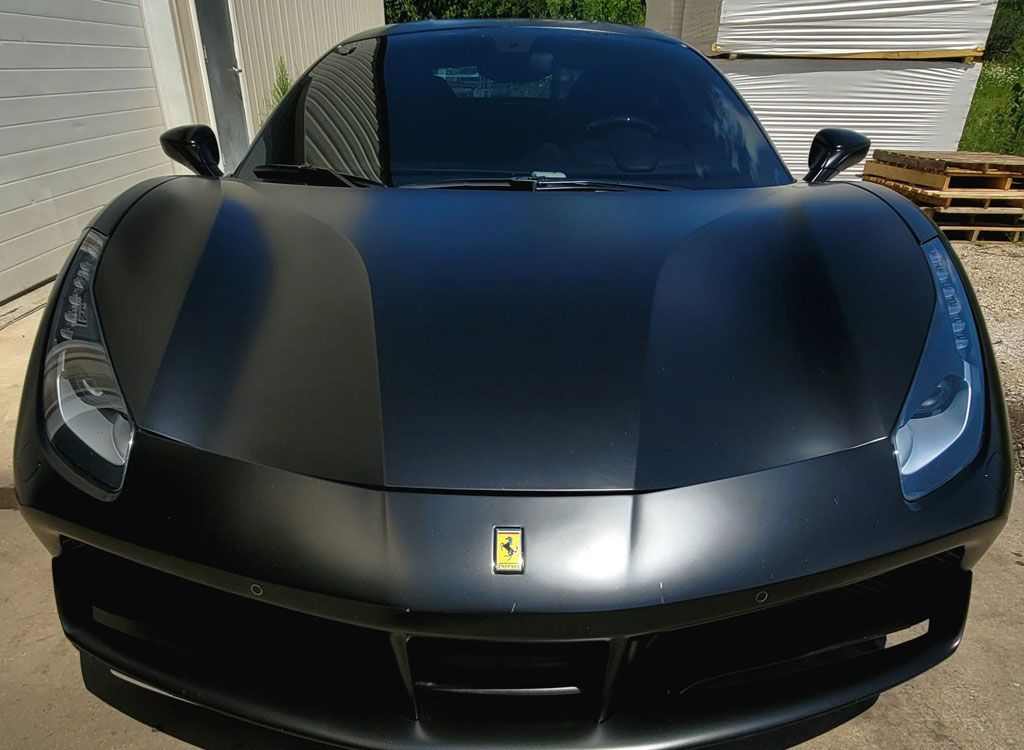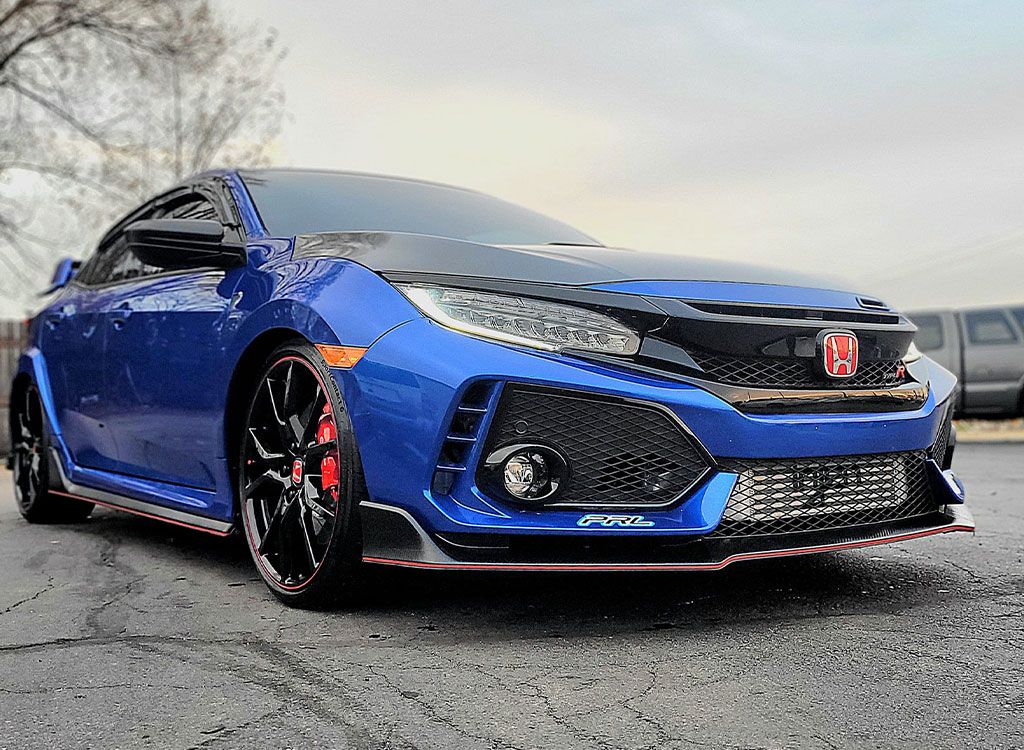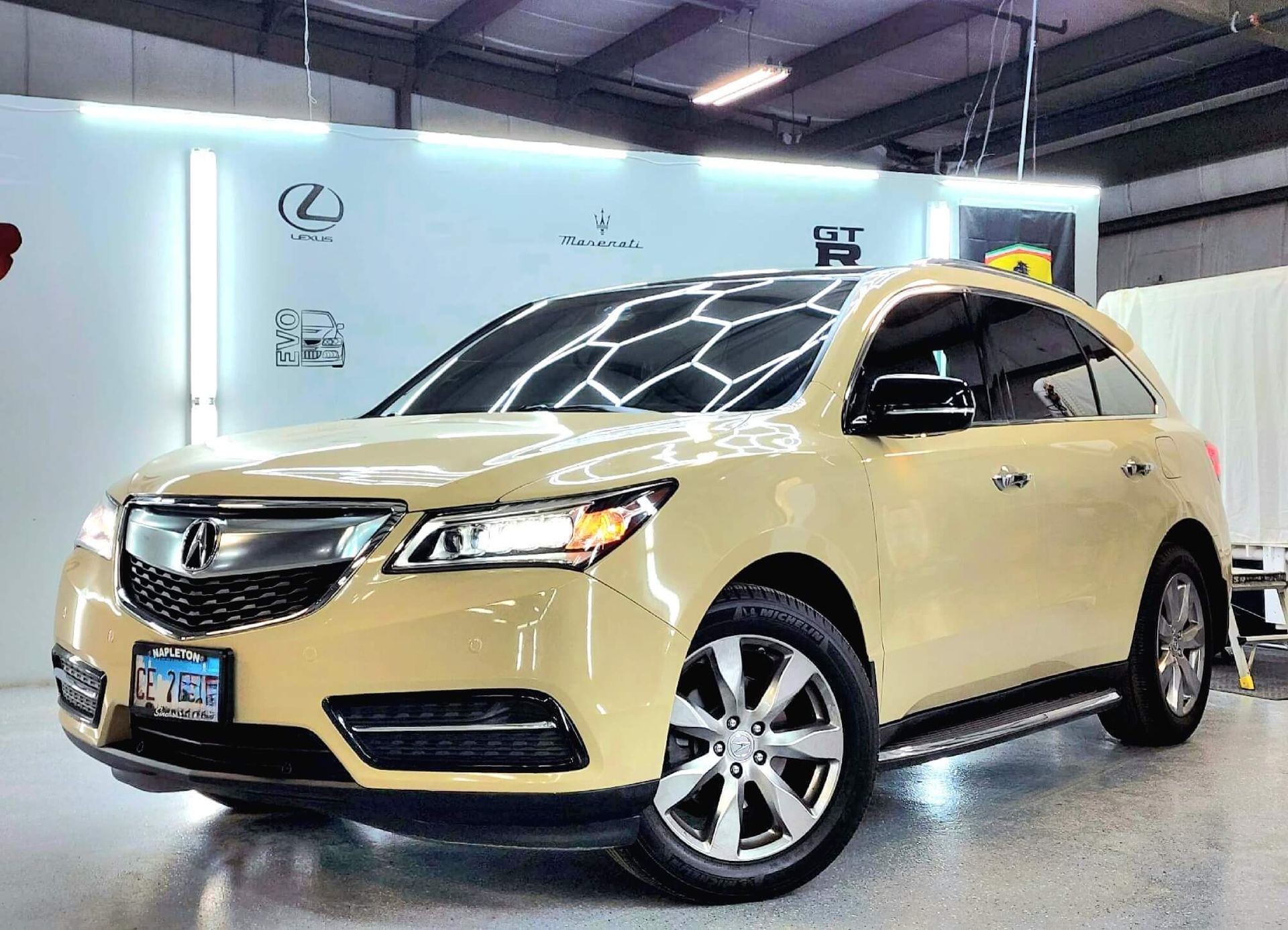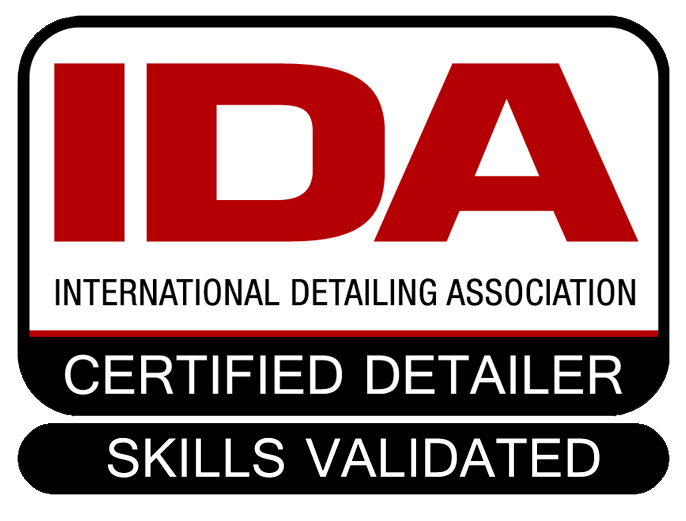How Long Does Paint Protection Film Last? Tips for Optimal Care and Maintenance
Every car enthusiast knows the heartbreak of seeing fresh scratches on their beloved vehicle after a long trip. A paint protection film promises relief from this worry by preserving your car’s pristine look. Reputable PPF brands have made significant strides in providing durable films that theoretically should last for many years. But real life doesn’t always align perfectly with theory. While these high-tech films offer impressive protection, their actual lifespan depends greatly on several nuanced factors.
Paint protection film can last up to 10 years, depending on factors such as installation quality, environmental exposure, and driving habits. To ensure its longevity, regular maintenance such as biweekly washing with a pH-neutral cleaner, avoiding harsh chemicals, and conducting biannual inspections with a paint protection film specialist is recommended.
How Long Does Paint Protection Film Typically Last?
When discussing how long paint protection film can last, it’s essential to recognize that while 5 to 10 years is the standard estimate for high-quality films, this lifespan is not set in stone. The durability of a paint protection film largely depends on several influencing factors, including installation quality, brand superiority, and environmental conditions.
Proper installation is pivotal; an experienced technician will ensure that the film adheres flawlessly to the vehicle's surface and contours. Any creases or bubbles resulting from poor application can shorten the lifespan of the film significantly. Another key factor that contributes to how long your paint protection film lasts is brand quality itself. Brands with superior materials and protective coatings tend to offer longer lifespans. Reputable brands feature advanced technology that typically warrants a 10-year warranty due to their enhanced durability. Such warranties reflect a manufacturer's confidence in their product and suggest proper care from the vehicle owner will maximize these benefits.
Additionally, driving habits and environmental exposures play significant roles in determining how well your paint protection film holds up over time. If you frequently drive in rough conditions or expose your vehicle to intense sunlight, you may notice that your PPF experiences wear more quickly than one that’s under less stress. High-UV environments can lead to degradation, causing the film to fade or yellow. Similarly, driving on gravel roads can accelerate wear through chips and scratches. Individuals living in temperate climates might report longer-lasting paint protection film than those situated in harsher weather conditions.
Lastly, regular maintenance affects paint protection film performance significantly. Keeping your car clean with pH-neutral cleaners and avoiding harsh chemicals can help preserve both your film’s appearance and protective qualities. Simple steps such as washing your car biweekly can fend off grime accumulation that may otherwise lead to early degradation. Routine inspections with professionals can also help catch potential issues before they become significant problems. Understanding these factors—from installation and brand quality to driving habits and maintenance—allows for more informed choices regarding paint protection film for your vehicle.
Factors Influencing Durability
One of the biggest influences on how long your paint protection film lasts is the quality of installation. A flawless application acts as a protective shield, preventing dirt and moisture from seeping in and causing damage. If the film is improperly applied—such as with unsightly bubbles or gaps—these weak points become vulnerable, leading to faster degradation. This is why having a paint protection film installed by certified professionals isn't just advisable; it’s essential. You wouldn't want an amateur doing a job that could cost you hundreds down the line due to premature wear.
Alongside installation quality, another pivotal factor to consider is brand quality and coatings. The materials used in paint protection film can make a significant difference in its lifespan. Most reputable brands are engineered with advanced coatings that enhance their durability. When properly maintained, these high-quality films often come with extended warranties, sometimes up to ten years. However, proper care is crucial; without routine checks and maintenance, even the best films could weaken over time. Now, while installation and brand matter significantly, how you drive also plays a critical role in determining longevity.
Your driving habits, along with environmental factors, greatly influence how fast your paint protection film will wear down. Driving in rough conditions or areas with high UV exposure can be exceptionally tough on your film. For example, those who frequently traverse unpaved roads or live in areas with intense sunlight will notice quicker deterioration compared to someone who mainly drives in a climate-controlled garage. Interestingly enough, vehicles that are seldom driven enjoy longer lifespans for their paint protection film due to reduced exposure to environmental stressors.
Cars parked indoors have a much better chance of reaching the upper limits of paint protection film longevity—up to ten years—while those exposed regularly to harsh conditions may see their protective film last only half that time. Keep these factors in mind as you consider applying or maintaining your paint protection film. Each element—installation quality, brand choice, driving habits, and environmental influences—plays a synergistic role in preserving its lifespan and enhancing the effectiveness of your investment in vehicle protection.
Types of Paint Protection Films
Not all paint protection films are a one-size-fits-all solution; they come with a range of features suited to varying requirements. Understanding the differences between these films can help you make an informed choice about which is best for your vehicle's protection.
- Self-Healing Films: One of the most innovative options available is self-healing films. These clever solutions are designed to repair minor scratches and swirl marks without any manual intervention. The secret to their magic lies in their composition, which allows them to respond to heat—whether from the sun or the warmth of your fingers—enabling them to 'heal' themselves over time. What sets these paint protection films apart is not just their effectiveness but also their clarity, which ensures that your vehicle maintains its brilliant appearance even after exposure to road wear.
- Matte Finish Films: For those who own vehicles with matte finishes, there are specialized matte finish films designed specifically for this purpose. These films protect your car while preserving the unique non-reflective appearance that matte paint jobs are known for. Matte finish films are less prevalent on the market but provide a distinctive aesthetic that attracts many owners looking to stand out. They help prevent gloss and fingerprints while providing a protective layer against chips and scratches, enabling car enthusiasts to exhibit a head-turning finish without compromising on protection.
- Ceramic-Coated Films: Ceramic-coated films offer an additional level of protection due to their specially formulated top layer that enhances resistance against stains and UV rays. This added feature is particularly beneficial for those living in sunny areas where UV exposure can fade paint over time. This option combines paint protection with advanced ceramic technology for ultimate durability. With these films, drivers not only get unparalleled protection but also enjoy an easy-to-clean surface that repels dirt and grime more effectively than traditional paint protection films.
Given these varied options, understanding the unique benefits of each type of film empowers vehicle owners to select a protective solution that aligns perfectly with their style and driving habits.
Effective Cleaning Methods
Regular cleaning is crucial for maintaining the integrity and appearance of your paint protection film. It not only keeps your vehicle looking its best but also prolongs the life of the film.
One key method to start with is biweekly washing. Using a pH-neutral cleaner specifically designed for automotive surfaces is imperative, as it ensures that the protective properties of the film are not compromised. The two-bucket washing method is highly recommended; this involves filling one bucket with soapy water and another with clean rinse water. By rinsing your wash mitt in the clean bucket frequently, you minimize the risk of dirt contaminating your soap, thereby preventing scratches on the film's surface. A plush microfiber towel is ideal to dry the car without causing any damage.
Next, it’s vital to avoid harsh chemicals when cleaning your paint protection film. Strong cleaners or solvents can degrade the film’s integrity over time, leading to costly repairs or replacement. It's important to stick to manufacturer-recommended products for both cleaning and maintenance. These products are specifically formulated with paint protection film in mind and ensure that you protect your investment rather than jeopardize it. As a general rule of thumb, if a product smells too strong or seems aggressive in its application, it's best to steer clear.
Lastly, biannual inspections should not be overlooked. Scheduling professional inspections every six months allows for early detection of potential issues such as edge lifting or bubbling before they escalate into major problems. Professionals have the experience and tools necessary to assess any subtle signs of distress that you might not notice during routine cleanings. Keeping an eye on your paint protection film through regular cleaning and inspection will make a significant difference in how long it lasts and how well it performs. Not only does this proactive approach maintain the clarity and shine of your vehicle’s finish, but it ultimately preserves its value over time by safeguarding against environmental contaminants and wear.
Guarding Against UV Damage
UV rays are relentless and can penetrate various materials, including the paint protection film on your vehicle. These rays gradually break down the polymers in paint protection film, leading to deterioration over time. This degradation is often evident through discoloration or even cracking, so understanding how to guard against this damage is essential. By taking proactive measures, you can ensure that your investment lasts much longer than anticipated.
UV-Resistant Films
One of the most effective strategies to counteract UV damage is investing in high-quality, UV-resistant films. Films come equipped with built-in UV inhibitors designed specifically to absorb and block harmful rays. It’s worth noting that while these films are beneficial, they aren’t invincible; thus, regular care is still fundamental. Think of it as sunscreen for your car—just like you wouldn’t skip the sunscreen during a beach day, your vehicle shouldn't be exposed to harsh sunlight without protection. Using quality UV-resistant paint protection films not only helps preserve your vehicle's appearance but also maintains its resale value over time.
Protective Measures
In addition to selecting an effective UV-resistant film, there are several protective measures you can adopt to minimize UV exposure further. Parking in shaded areas or utilizing car covers plays a pivotal role in protecting against direct sunlight. If feasible, always try to park under trees or in garages, especially during peak sun hours. Remember that consistent exposure to sunlight not only affects the film but can also impact other parts of your vehicle, such as the paint and interior surfaces. Vehicles subjected to prolonged sunlight often show signs of yellowing and cracking, which become more pronounced as time goes on.
Regularly inspecting your paint protection film for any signs of wear ensures you're attuned to its condition. Combine these inspections with appropriate maintenance practices like washing your car using gentle products to maintain the top coat of your film. Maintaining awareness will empower you to address possible issues before they escalate into costly repairs down the road. By equipping your vehicle with quality films and adopting simple protective measures, you arm yourself against the perils of UV damage. This safeguards not only your paint protection film but also prepares you for examining implications surrounding expenses and overall value related to automotive protection.
Cost Analysis and Value
When considering paint protection film, the discussion often revolves around initial costs, which can range from $1000 to $5000 depending on the coverage extent and your vehicle type. This upfront investment might seem daunting at first glance. However, when you weigh it against potential paint repairs—like those from chips, scratches, or fading—it becomes evident why this expense is justifiable. A single minor paint repair could set you back around $300. So why risk damage that could accumulate in costs over time?
Applying high-quality paint protection film comes with varying initial costs based on the extent of coverage and vehicle type. Remember, these figures represent more than just an expense; they embody proactive care for your vehicle. In essence, you're investing in the longevity of your vehicle’s exterior. While many may view this expenditure skeptically, think of it as preparing for potential future losses rather than simply counting a cost. By maintaining your paint's integrity through paint protection film, you could avoid substantial repair bills down the road. Cars protected with PPF tend to retain higher resale values due to their well-maintained exteriors. Buying a car isn't just about driving it off the lot; it's about its value years later.
Top-Notch Paint Protection Film Installation in Elgin, IL
For top-tier paint protection in Elgin, IL, CM3 Detailing Studio & Ceramic Coating provides prime paint protection film installation services. Our expertly applied PPF offers a reliable shield against scratches, road debris, and environmental damage while maintaining your vehicle's original finish. Using high-quality materials and precision techniques, CM3 Detailing Studio & Ceramic Coating ensures long-lasting protection that keeps your car looking flawless. Book your paint protection film installation today and safeguard your vehicle with the best in the business! Call us at (630) 400-6766 to get started!

